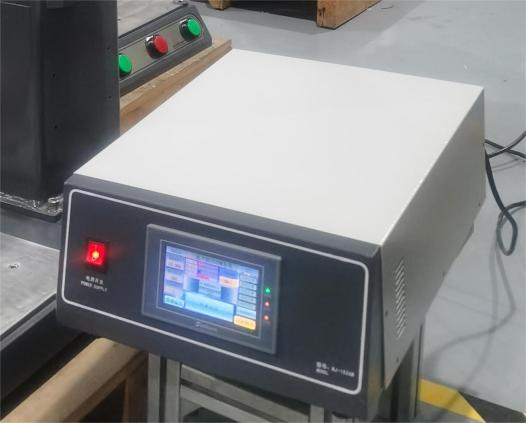Detecting the effectiveness of ultrasonic welding is an urgent need in ultrasonic welding production.
The control of ultrasonic welding effectiveness depends on the types of ultrasonic welding equipment
used. There are various types of welding equipment, ranging from simple handheld welding machines
to fully automatic ultrasonic welding machines controlled by microcontrollers capable of human-machine
communication. There are also fully automated welding machines with embedded statistical process
control (SPC) software for data analysis. When selecting ultrasonic welding products for specific
applications, the first consideration should be the required level of process control.
For example, if welding between two high-density polyethylene plastic sheets, a simple
handheld semi-automatic welding system might suffice. However, if you need to weld
parts for medical applications, where stringent quality and final specifications are required,
an ultrasonic welding machine controlled by microprocessors and equipped with SPC software
is necessary.
Ultrasonic welding typically occurs in two forms: energy form and time form.
Energy Form of Ultrasonic Welding
It is essential to note that regardless of the processing method used, to ensure welding quality,
one major parameter can be controlled, and there are certain limitations on other key parameters.
For instance, in the case of time-based welding, the welding energy or output power can be set
to a lower level. In such situations, if the second major parameter (energy or output power)
does not reach the set value after welding is completed, the controller will send an alarm to the
operator or PLC, allowing for inspection or the rejection of the welded parts.

Time-Based Form of Ultrasonic Welding
There are various control forms for welding machinery. The simplest and most common form
is the time-based form, where the effectiveness of ultrasonic energy is based on a specified
duration and does not consider other major parameters. Another common form is the energy-based
form, which requires the controller to detect and record the input energy in the welding process,
calculating the energy exchange (integral of energy over the entire period). In this form, ultrasonic
vibrations persist until the energy delivered to the components reaches the required level or deviates
significantly from it. In the output power form, ultrasonic vibrations cease when the instantaneous
power exceeds the preset output power. Touch detection is used to control the final specifications
of the welded parts, terminating ultrasonic vibration when the ultrasonic mold contacts the fixture.
In this form, the fixture often requires an insulating layer at the bottom of the machine. Improving
touch detection is suitable for controlling the gap size between the ultrasonic mold and the fixture
during ultrasonic welding where the frequency might be rubbed occasionally. In such cases, a servo
motor drive system is often used to move the welding needle, maintaining a stable impedance value.
Phone: +86-15989541416
E-mail: michael@sztimeast.com
Whatsapp:+86-15989541416
Add: 3/F, Building 5,Huixin Intelligent Industrial Park, Xinhu, Guangmin, Shenzhen,China 518107